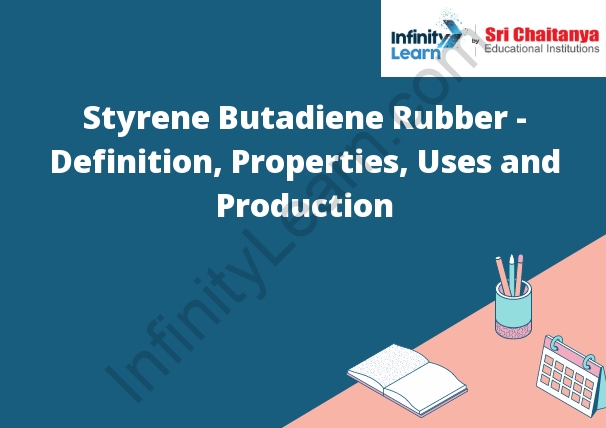Table of Contents
Styrene-Butadiene Rubber Definition
Styrene-Butadiene Rubber is a synthetic rubber that is made from the reaction of styrene and butadiene. It is used in a variety of applications, including tires, hoses, and belts. Styrene Butadiene Rubber – Definition Properties Uses and Production.

What is SBR- Styrene Butadiene Rubber?
SBR is a synthetic rubber made from styrene and butadiene. It is usually black and is used in making tires, belts, hoses, and seals.
Properties of Styrene Butadiene Rubber
Styrene butadiene rubber is a synthetic rubber made from the polymerization of styrene and butadiene. It is a thermoplastic elastomer, meaning it can be melted and molded, then will return to its original shape. It is resistant to abrasion, oil, and heat, and has good tensile strength. It is used in products such as tires, hoses, belts, and gaskets.
Uses of SBR
SBR is used to produce various types of synthetic rubber products. These products include tyres, hoses, belts, and other rubber products.
Production and Processing of Styrene-Butadiene Resin
A styrene-butadiene rubber (SBR) is a copolymer of styrene and butadiene. It is a synthetic rubber, made by combining these two monomers in the presence of a catalyst. The SBR molecule is a long chain of these two repeating units, connected by chemical bonds.
Butadiene is a small, simple molecule, with just four atoms. It is a colorless gas, with a strong, unpleasant odor. Styrene is a larger molecule, with eight atoms. It is a colorless liquid, with a sweet, pleasant odor.
The two monomers are combined in the presence of a catalyst. The catalyst helps to speed up the reaction, and it also controls the molecular weight and the properties of the final polymer.
The SBR molecule is a long chain of these two repeating units, connected by chemical bonds. The chains are all of the same length, and they are all perfectly aligned. This gives the SBR molecule its characteristic rubber-like properties.
Vulcanization
A process that changes the chemical structure of natural rubber so that it becomes more resistant to heat and extremes of weather.






